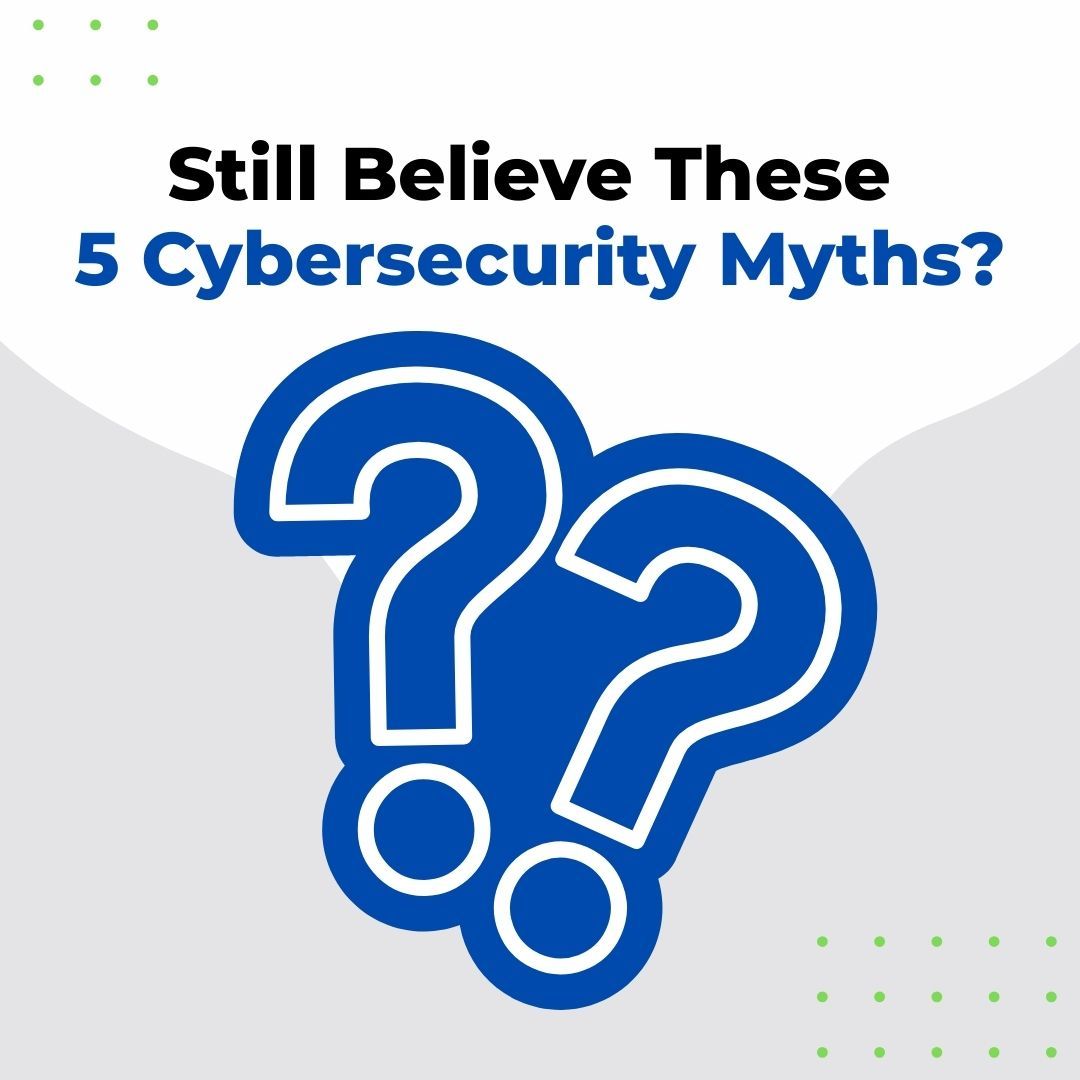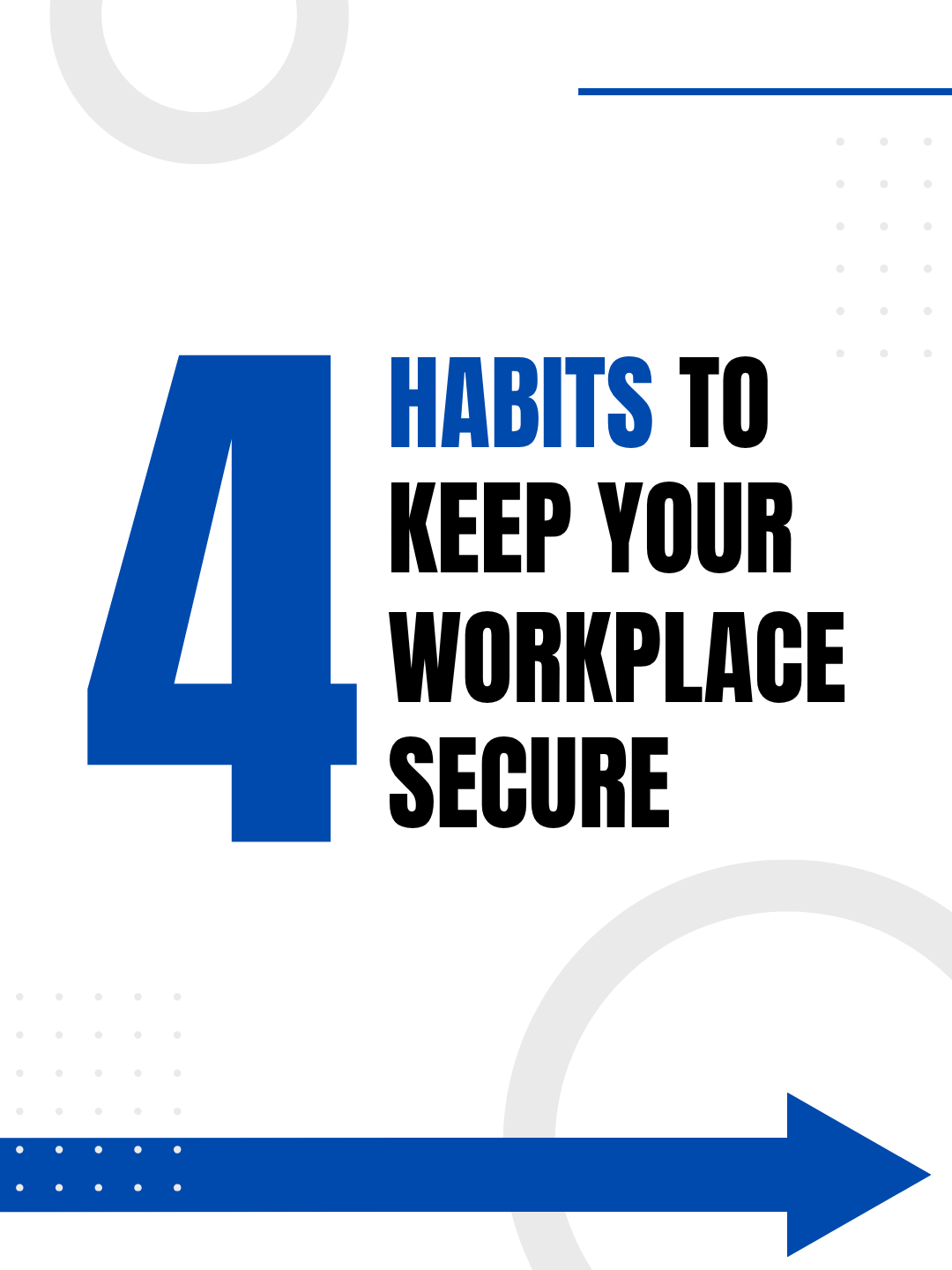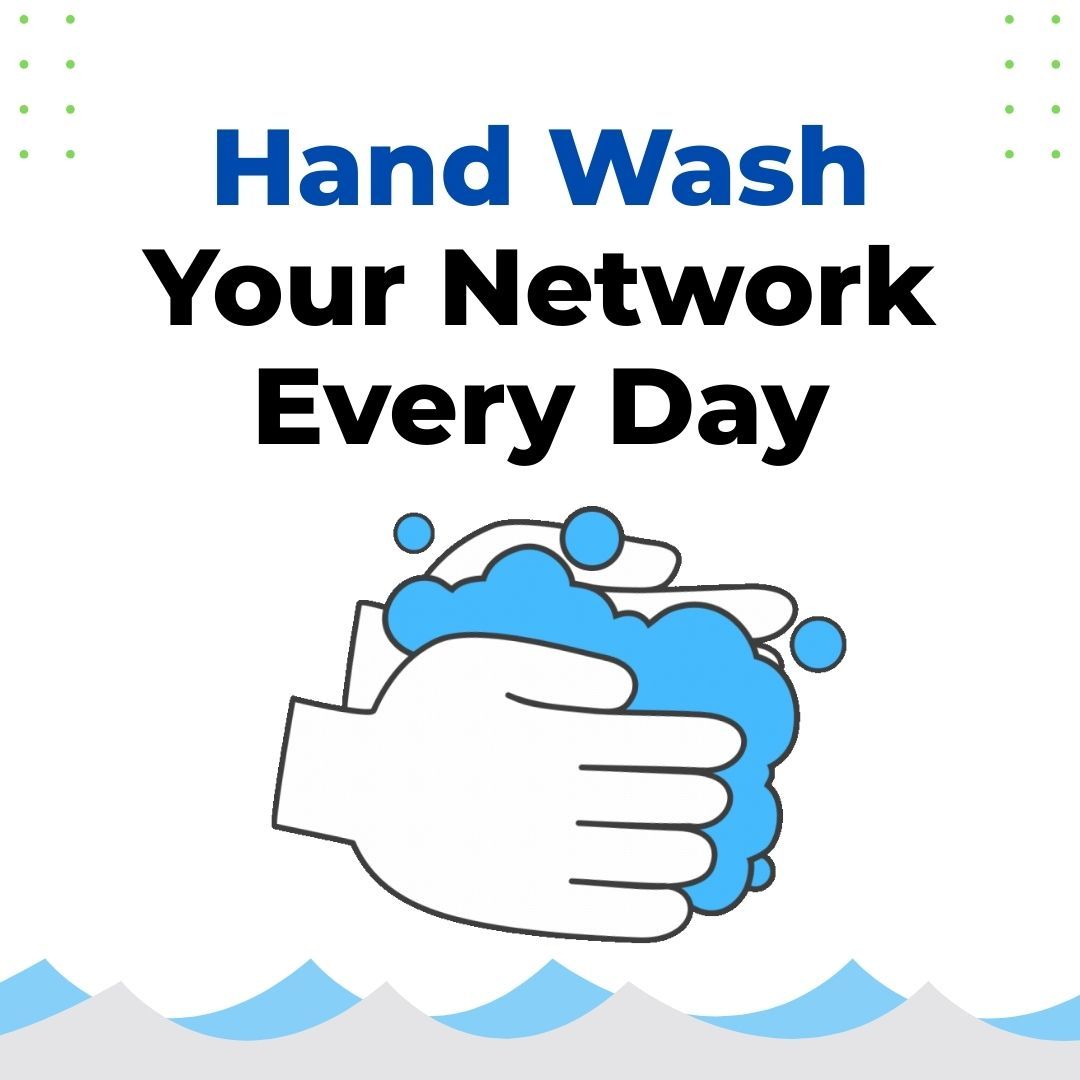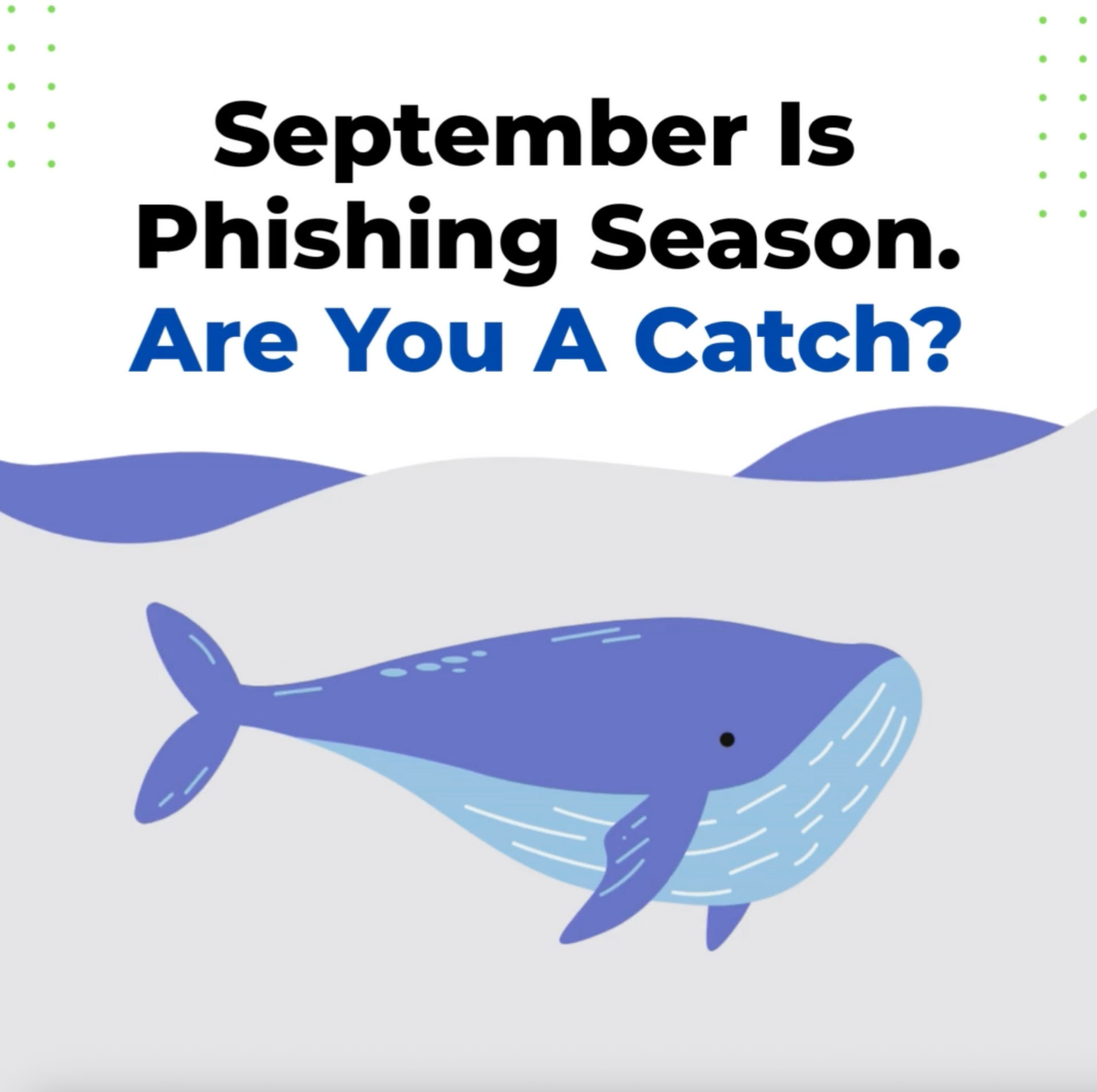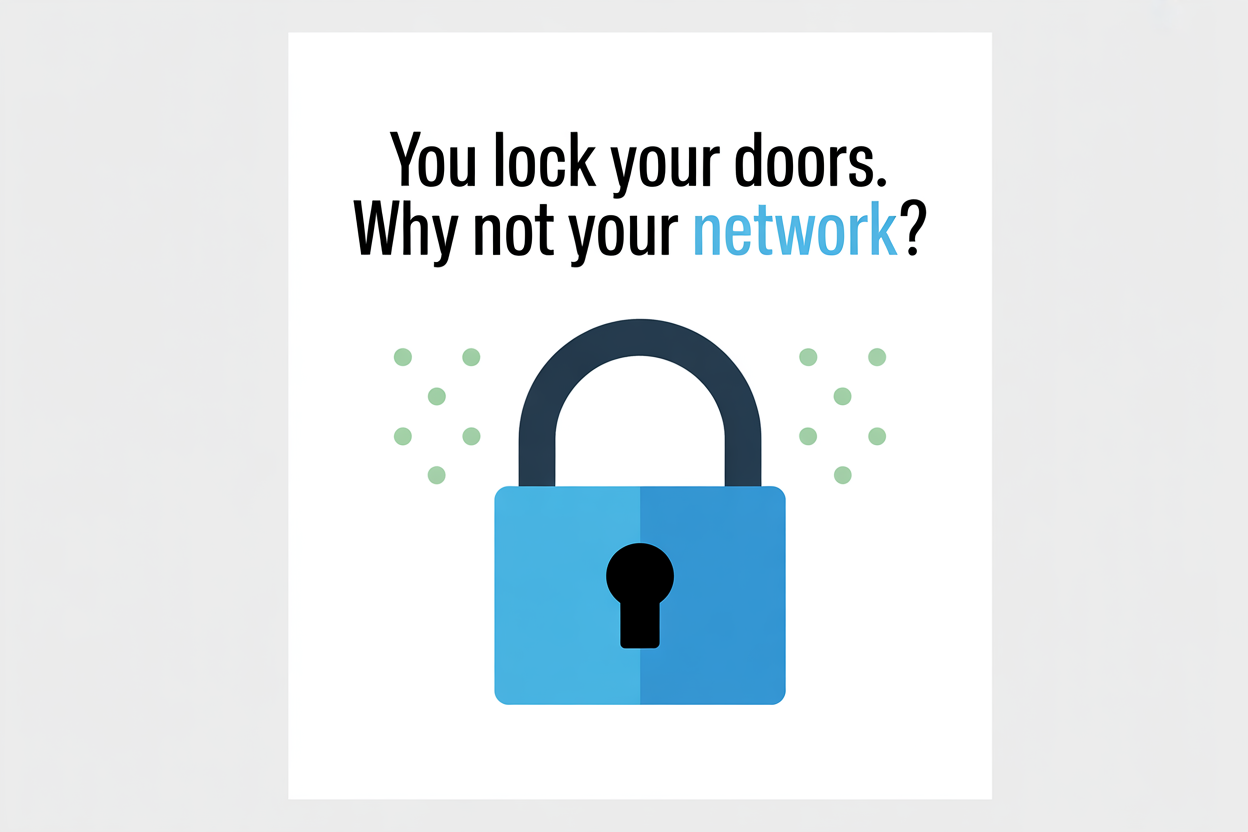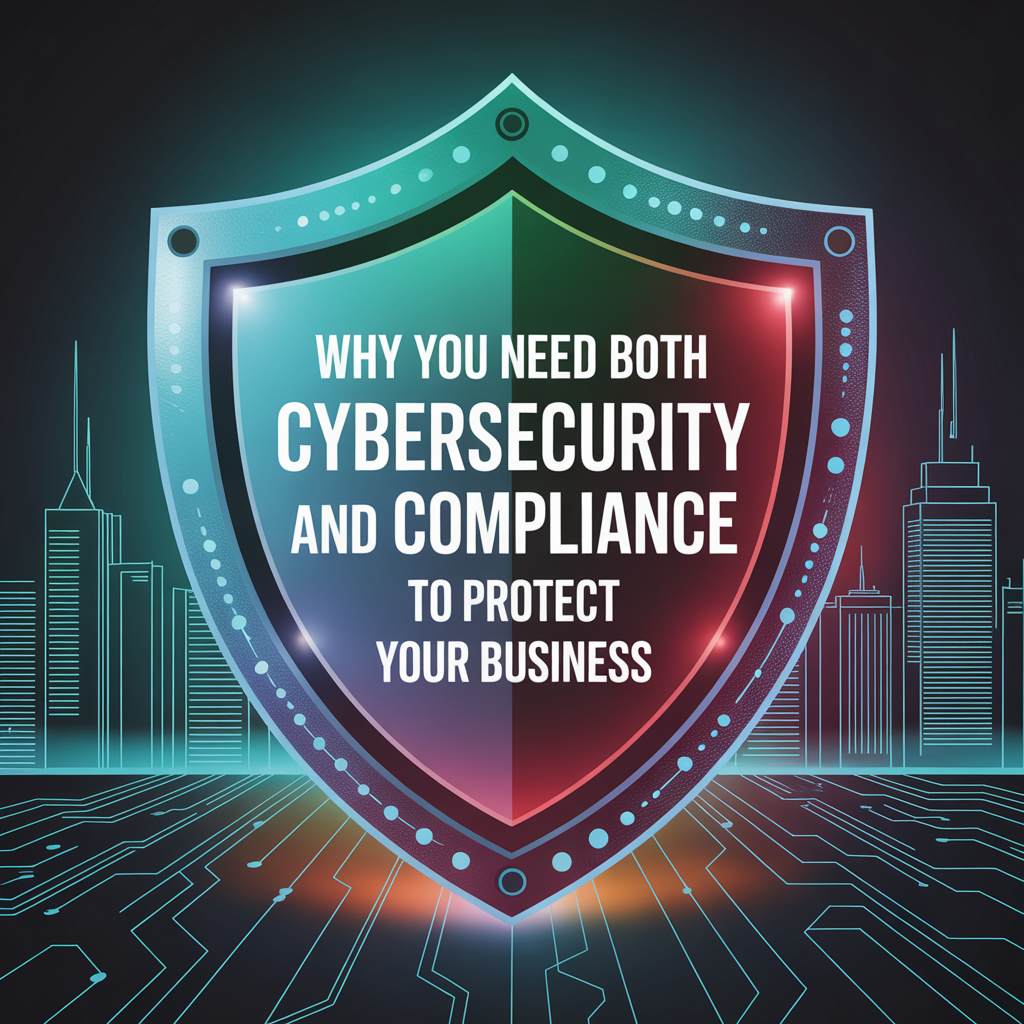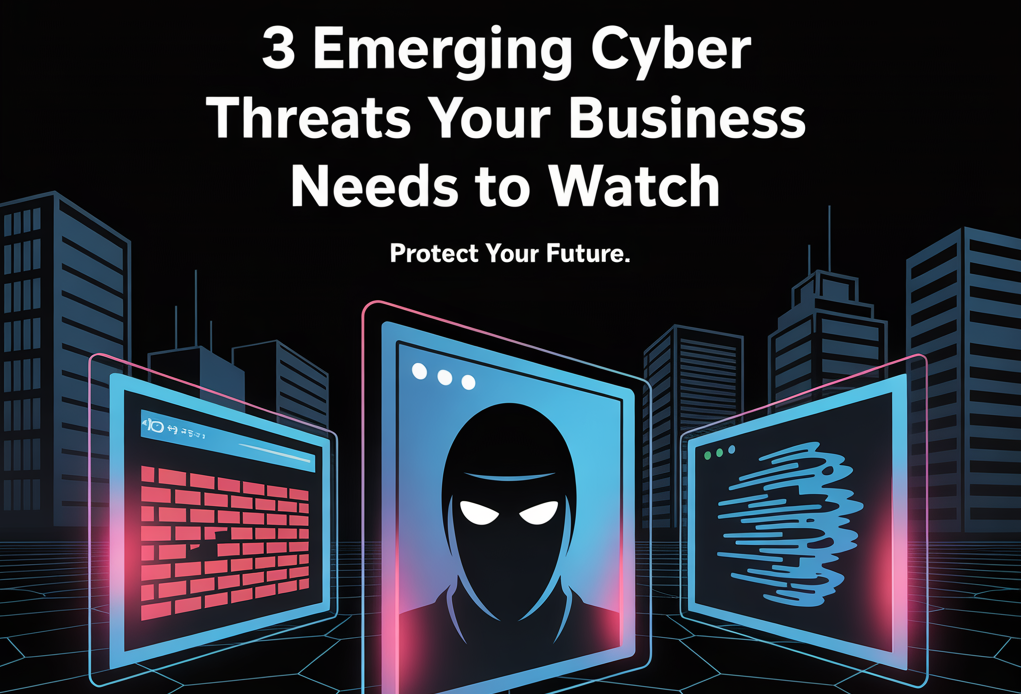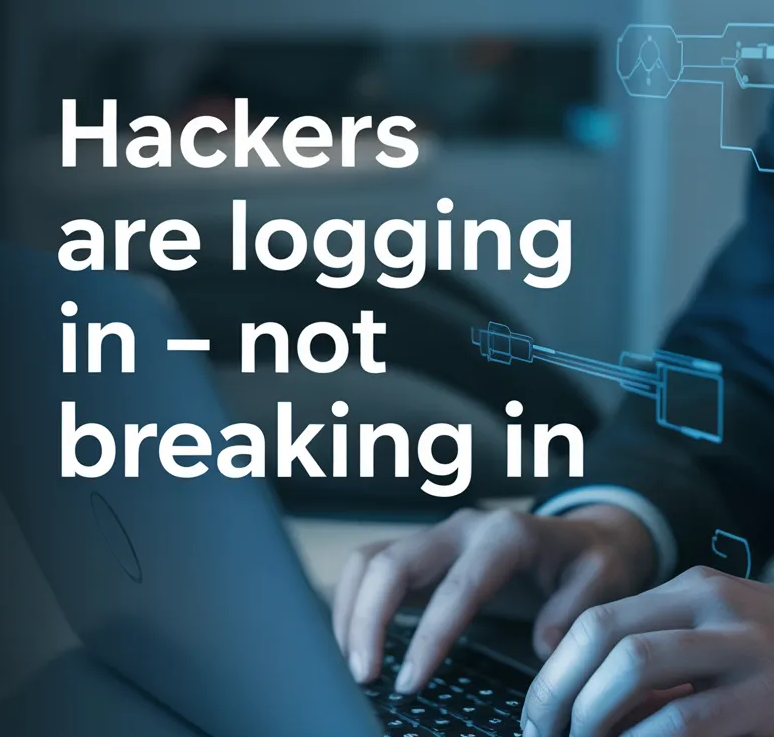When it comes to protecting your business, there are plenty of myths floating around about cybersecurity. Unfortunately, these misconceptions can leave massive gaps in your company’s defenses. Believing them can cost you more than just downtime — it can cost money, reputation, and customer trust.
Below are five of the most common cybersecurity myths and the real truth behind them.
Myth #1: “We’re Too Small. Hackers Won’t Bother Us.”
A lot of small and mid-sized businesses think they’re flying under the radar. The reality? Cybercriminals often target SMBs (Small and Medium-sized Businesses) on purpose because they know resources are limited, making defenses weaker.
Cyberattacks affect organizations of every size, across industries, and in every part of the world. In fact, more than 80% of businesses are hit. The financial toll is staggering — global damages from cybercrime are projected to hit $9.5 trillion.
For a large enterprise, recovery is difficult but possible. For a small business, one ransomware attack could mean shutting down for good. The lesson is simple: assume your business is a target — because it is.
Myth #2: “If It Worked Before, It Will Still Work.”
Cybersecurity is not a “set it and forget it” practice. Just because your company hasn’t experienced a breach in the past doesn’t mean you’re immune in the future. Technology evolves quickly — and so do cyber threats.
The digital threat landscape is constantly shifting. Hackers adapt their methods daily. If you’re not keeping pace, you’re falling behind. Effective cybersecurity requires a cycle of constant anticipation, adjustment, and action.
Myth #3: “Once You’re Secure, You Stay Secure.”
Nothing about business or technology stands still. Every time you hire new staff, connect a new device, or install new software, your systems change. Each change creates potential new entry points for cybercriminals.
This is why continuous monitoring and proactive security management are essential. Cybersecurity isn’t a one-time investment — it’s an ongoing, holistic process that protects you against an ever-expanding attack surface.
Myth #4: “Security Slows Down Business.”
Many leaders still believe that security controls create unnecessary friction — slowing down projects, adding red tape, and raising costs. That may have been true years ago, but it doesn’t reflect today’s best practices.
In reality, security and business optimization go hand in hand. Strong security helps minimize waste, reduce downtime, and build predictable, scalable systems. Instead of being a barrier, modern cybersecurity is a driver of efficiency and business performance.
Myth #5: “A Strong Password Is All You Need.”
Yes, long and complex passwords are important. But relying on them alone is one of the biggest mistakes a business can make.
Each account and device should have a unique password. Reusing the same one means if a hacker cracks it once, they can access everything. That’s why we recommend a password manager to keep them secure.
Even better? Multi-Factor Authentication (MFA). Adding an extra step, like a text code or authentication app, can double your security. It takes seconds, but it makes a massive difference.
And remember — passwords don’t protect against phishing, ransomware, or many other threats. Comprehensive cybersecurity means more than just credentials.
Ready to Strengthen Your Business Security?
Don’t let these myths leave your company exposed. Cybersecurity isn’t just about defense — it’s about protecting your future, your team, and your customers.
If you’re looking for an MSP (Managed Service Provider) you can trust, we’d love to help. Schedule your FREE Discovery Call today, and together we’ll map out the best next steps to secure your business.
